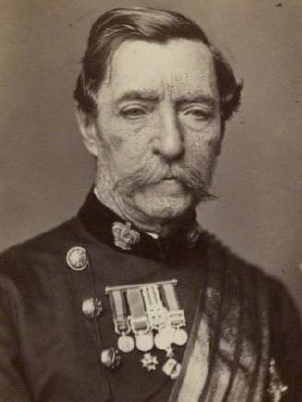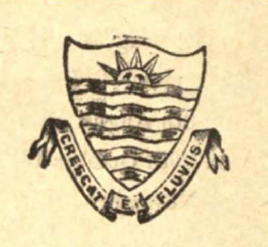The Public Works Department (PWD) of Punjab state has a rich history replete with many firsts to its credit.
Before 1849 (the time of annexation of Punjab by the British), general control of roads in British occupied India was under a central authority through three Military Boards in presidencies. However, actual work and partial funding were done by provincial authorities (hence the name ‘Provincial' in the names of many Divisions to this date). The public work programs of these military boards were often interrupted by the demands of military campaigns.
In 1849, for the first time, a properly organized department for carrying out Public works in Punjab was formed under Lord (Colonel) Robert Cornelis Napier of Magdala. This department proved to be so successful that in 1854 the Military Boards were abolished, and regular Public Works Departments were organized in all the provinces. Thus, PWD Punjab is the first ever Public Works department of the nation.
The Military Boards continued to be in control of military works until 1854 when all engineering works in the Punjab - civil, military or public - were placed under one department with Lord Napier as its First Chief Engineer. The Canal Branch was at the same time put under a ‘Director of Canals'. Thus, The Public Works Department (PWD), Punjab was born in May 1854, according to the recommendations of letter No. 380 (Vol. XIII) of the 17th of December 1853. After this much-needed reform the improvement and up-keep of the roads went on in a much more methodical and satisfactory manner than before.
The first ‘Report on Roads' was submitted by Chief Engineer Napier to the Punjab Government which dealt with the roads constructed and in progress in the Year 1853-54. The first PWD budget of 1854-55 was of a total sum of Rs 223 lakhs. Attempts were made to expand the hire of civil engineers through the opening of colleges such as the Thomason College of Civil Engineering in Roorkee (est. 1847), currently known as IIT Roorkee, and the India Office's Royal Indian Engineering College (est. 1872). The scientifically trained engineers of the PWD imbued a spirit of ‘technocratic paternalism' to the implementation of projects.
Even though the PWD was dissociated from the army, it continued to be dominated by military officials recruited from bodies such as the Bengal Engineers. The influence of ‘military habits of thought' substantially shaped the character of public works in Punjab in terms of discipline & timely completion.

Colonel Napier was the first Chief Engineer of Punjab. Under him were two Superintending Engineers, each in charge of a circle-one east and the other west of the Ravi.
Total state was divided into 40 Executive Divisions. There were:
Administration Report (Volume III) sums up the formation of PWD Punjab as: "This constitutes perhaps the most extensive and certainly the most varied and arduous engineering charge in India."
One of the first major projects undertaken by PWD was the reconstruction of the Grand Trunk Road in Punjab Section (Delhi to Peshawar). For the first ever time, GT Road was completely metalled to full width by PWD Punjab in 1866.

Let it grow from the waters - the Coat of Arms of Punjab State under British rule.
PWD Punjab undertook the first-of-its-kind project of building the first canal in Punjab known as the Upper Bari Doab Canal (UBDC), accomplished in 1861. The irrigation wing of PWD Punjab completed the most daring of all irrigation schemes of the era: The Triple Project to irrigate Montgomery, beginning in 1905 and ending in 1917.
Public works became the cornerstone of the British Empire, particularly in the post-Mutiny era. While the Queen's Proclamation (1858) reassured natives that ‘due regard would be paid to their ancient rights, usages and customs', it also promised to enhance the moral and material conditions of India through the promotion of ‘works of public utility and improvement'.